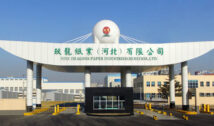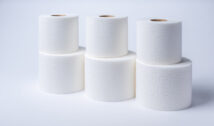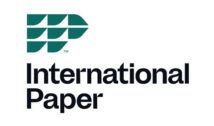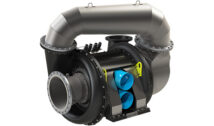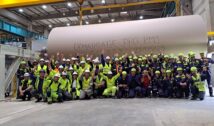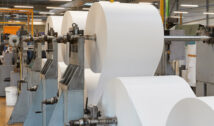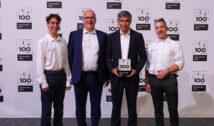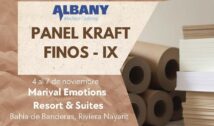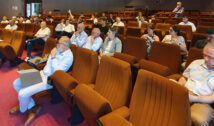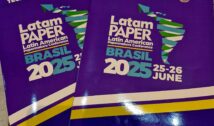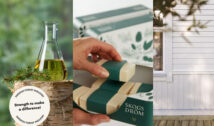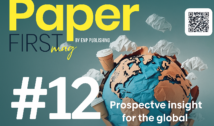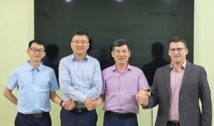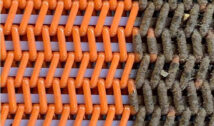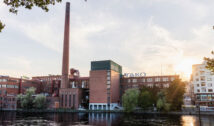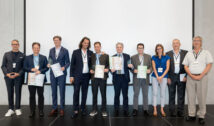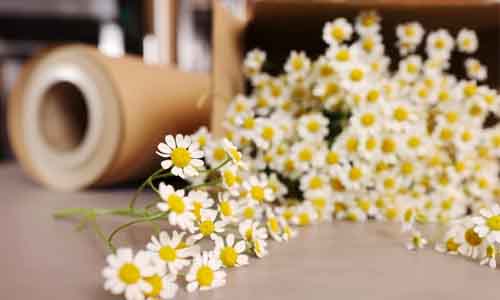
We are thinking outside the box by trialling new and innovative materials for our paper and packaging making process which includes straw, daisies, hemp, cocoa shells and seaweed.
We are currently trialling a range of alternative fibres as part of our £100m R&D and Innovation plan to accelerate its work in the Circular Economy. The programme will look at the fibre potential and plastic replacement capabilities of a number of materials in order to diversify the range of sources it uses for packaging.
We are also exploring the use of annual plants such as daisies and agricultural wastes for their fibre properties and potential paper performance. Industry-first trials have been undertaken exploring how seaweed may be used as a raw material to design out problem plastics from carton, paper wrap and cardboard tray packaging.
Now, our Innovation Team is experimenting with cocoa shells for carton board in chocolate packaging and is looking at other materials with a good environmental profile. For example, agricultural waste in the form of straw, and annual plants like hemp or miscanthus, which in some cases might require significantly¹ less energy and water to produce than some traditional paper-making materials.
With the strain on the planet more evident than ever, our research has the potential to lessen pressure on forests and protect the planet’s natural resources. Thomas Ferge – Paper and Board Development Director at DS Smith
“As well as looking at how we optimise the standard recycled paper fibres that we already use, we’re very excited by the prospect of how other resources such as miscanthus, hemp, agricultural wastes and seaweed could be used in the next generation of packaging solutions. This is all part of our goal to make the most of every single fibre we use by 2030.”
We have been trialling such novel materials with research partners. In an innovative pilot programme with The Research Institute of Sweden (RISE), we explored how the properties of straw and seaweed could potentially work as a packaging product in comparison to more traditional materials including recycled hardwood and softwood.
As part of our Now and Next sustainability strategy, we have the ambition to optimise fibre use for individual supply chains in 100 per cent of its new packaging solutions by 2025 and optimise every fibre for every supply chain by 2030.



